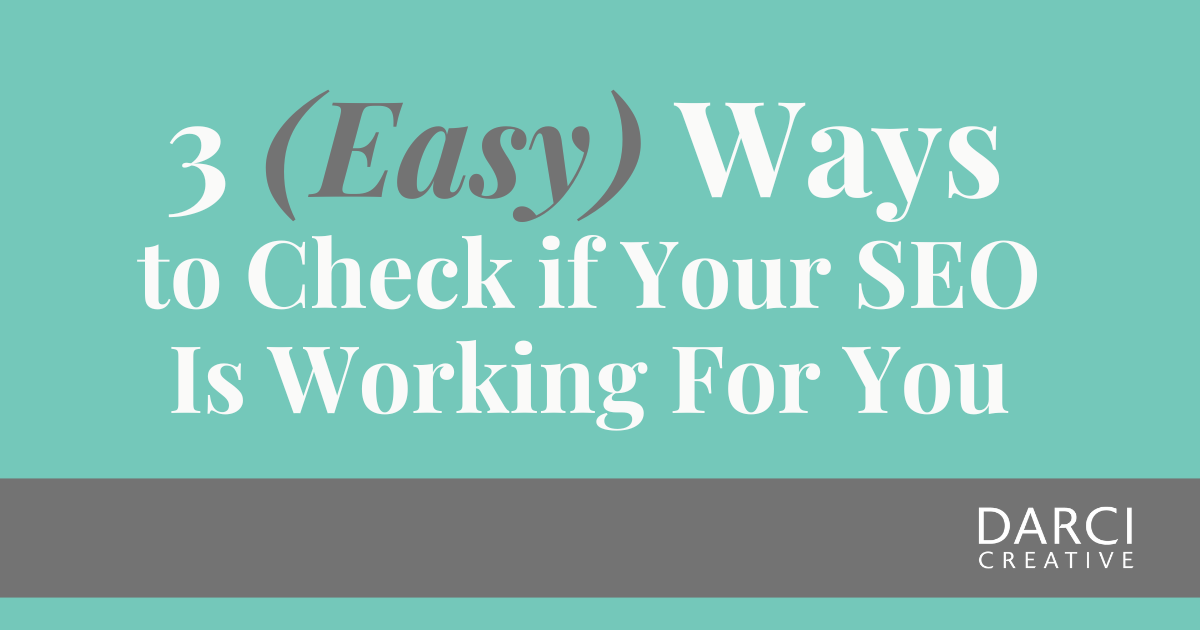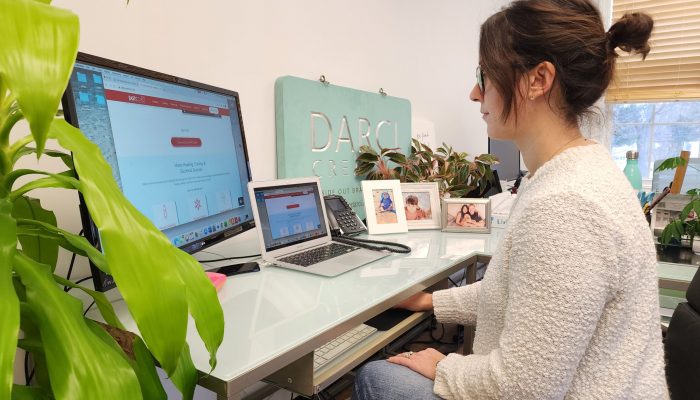Most people have heard of “search engine optimization” (aka SEO) and maybe have a basic understanding of what SEO is, but few really understand what SEO includes and how it impacts a website’s ability to show in search results.
SEO is how you make sure people who are actively searching for your products/services and who aren’t yet aware of your organization’s existence are able to easily discover you when they search on Google.
Great SEO includes a technically-sound website that follows Google’s best practices, a website structure that makes it easy for Google to understand what each page is about (and which keywords each page is relevant for), great content that engages and provides value to searchers while remaining mindful of their search intent, and so much more. There’s a reason people pay us for this stuff – it’s not as easy as some people make it out to be.
We recently had someone tell us they “had done SEO on their website”, and unfortunately, this misconception that SEO is a one-and-done sort of thing is all too common. SEO is an ongoing process to continually improve your website to satisfy both the searchers who land on your website and Google’s ever-evolving algorithms (how and why they show content after someone searches).
Remember, Google is a company that gets most of their revenue from selling ad placements along with each search. The more searches there are, the more ads they can sell, so their revenues are dependent on searchers coming back to Google, over and over again. As a result, Google is very determined to direct searchers to the websites that will provide the information they’re looking for while providing a great user experience. So by regularly improving your website, you’re telling Google that you care about helping people find your information and also provide a great experience.
It all feels very mysterious to people who aren’t in the know, so here are 3 easy things you can do yourself to see if your search engine optimization is working for your website. And if it’s not, well, you know where to find us.
- Review your Google Analytics data to check what percentage of people are coming to your website from organic sources. (This assumes you have Google Analytics [GA4] installed on your website – which hopefully you do! If you don’t, we should definitely talk.) Within GA4, click Reports > Acquisition > Overview. You’ll see data around User Acquisition, and listed there will be Organic Search. You want 30-50% of your overall website traffic to come from organic search. Organic website traffic (people who are proactively looking for services or products like yours), will generally always be your best form of traffic. The higher you rank in search results, the more organic traffic you’ll get. If you’re seeing less than 10-20% of your traffic coming from organic search, your SEO could be improved.Love checking out your Analytics data and want to take things to the next level? Review your Google Search Console data to see what keywords searches are leading to clicks onto your website. (This assumes you have Google Search Console installed on your website. If you don’t, we should definitely talk). Within Search Console, click on “Performance” to see a list of the keywords you are ranking for, where you are ranking, and how many clicks each is generating. Pay attention to how many of your clicks are coming from terms that indicate the searcher has already heard of you, such as your brand name. If those comprise most of your clicks, potential clients and customers are not easily discovering you on Google and your SEO could be improved.
- Check your website’s speed and performance. Copy and paste your website’s domain / URL into this PageSpeed Insights website. You’ll get back a lot of technical data about your website’s performance, but you’ll also be able to quickly see how it’s performing. You want your numbers to be 90 (green) or higher. The lower the score out of 100, the worse it performs. Google and other search engines penalize websites that take too long to load, or have other technical issues, which means you won’t rank as high as you could. Be sure to pay attention to your mobile speed as Google is gradually transitioning its algorithm to rank websites based on the mobile version, instead of the desktop version; the penalty associated with not providing a pleasant user experience on mobile will only increase. If your site speed — especially on mobile — is not in the green, your SEO could be improved.
- Make sure your Google Business Listing is optimized. Especially for those businesses who rely on local customers and clients, your Google Business Listing can make a huge difference for your website traffic and leads. If you haven’t taken ownership of your listing, do that first! Then you can optimize your website, photos, logo, hours, contact info, etc to make sure you’re making the most of this listing. If you don’t own your listing or it hasn’t been optimized, your SEO could be improved.
We love helping our clients rank higher, bring in more website traffic, and increase business. But don’t take our word for it, here’s a recent review from a client that we do search engine optimization for!
“DARCI Creative has been instrumental in changing the way we market ourselves as a firm. For years I was skeptical of things I did not understand like search engine optimization. Now, when we ask where clients are coming from, by far the largest source of new business in the last two years is people who found us through Google. We have added dozens of new clients, who have specifically mentioned the quality of our website and our Google business page as the thing that made them call.”
Paul Stanley, Granite Bay Wealth Management
Let us know what you find as you try these three easy tips to check on your search engine optimization! We also provide Technical Website Audits if you are looking for more information and data about how your website is performing. Let’s talk!





